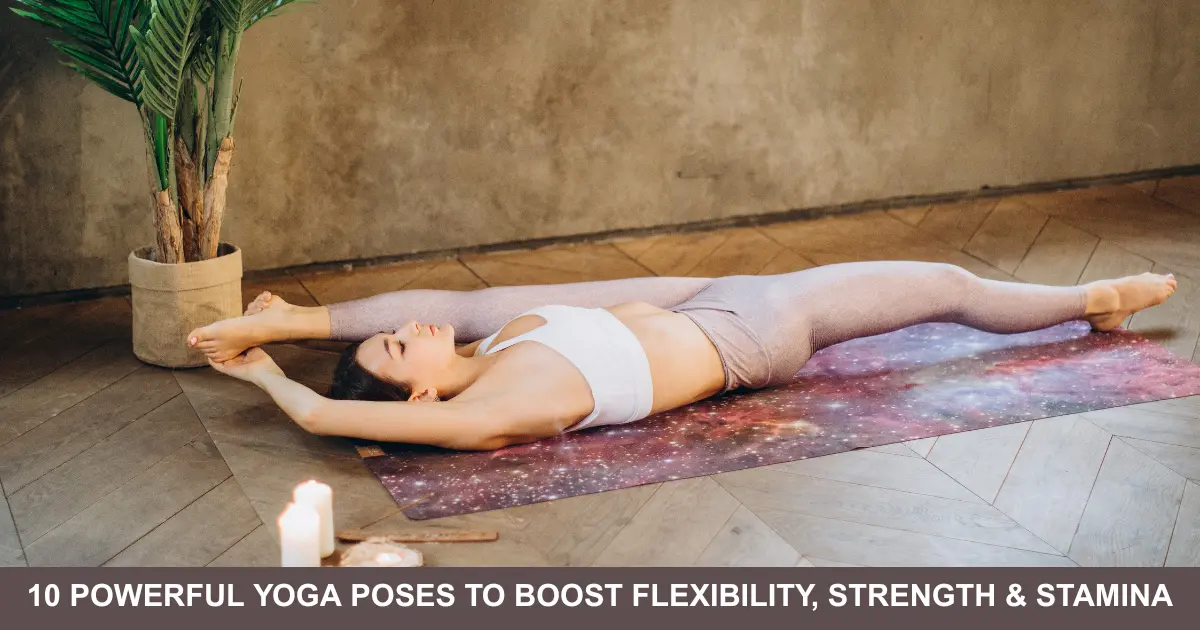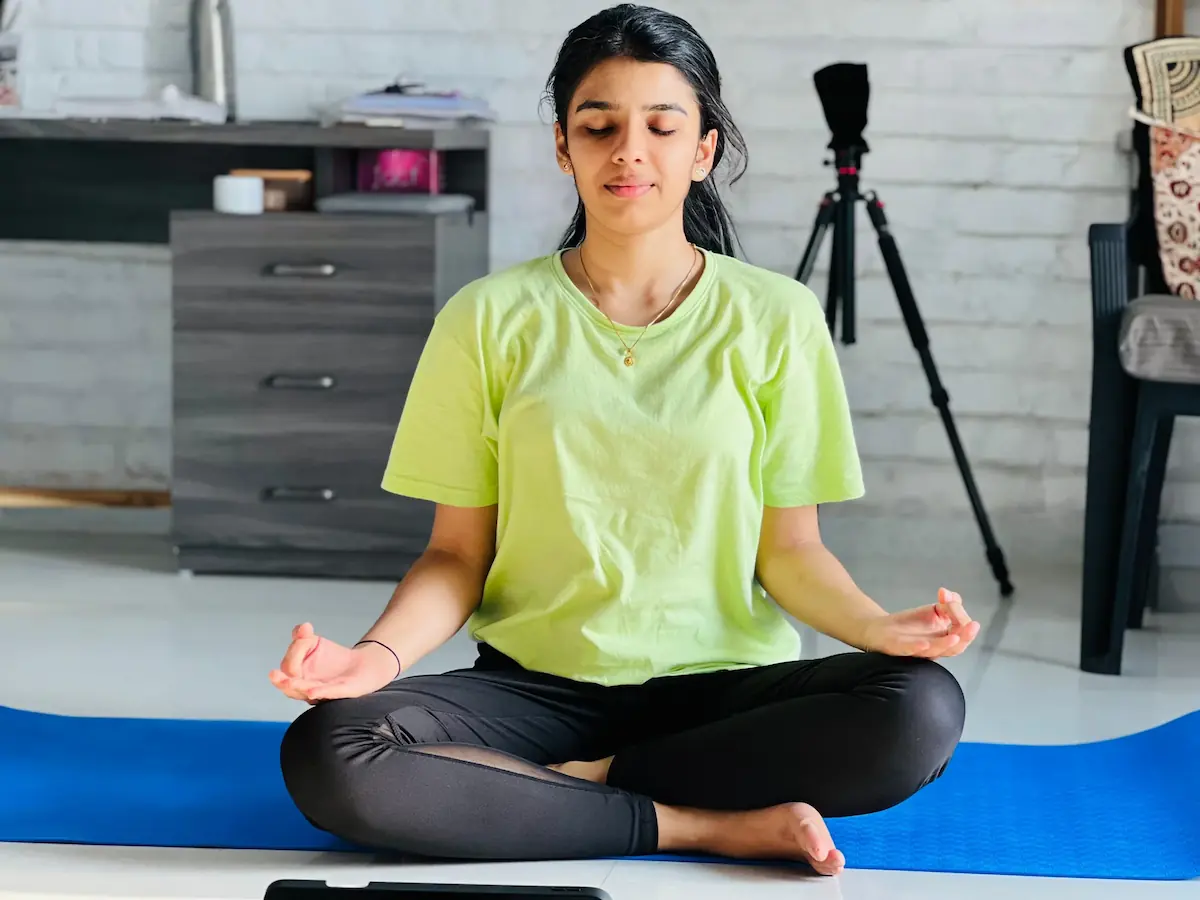Yoga isn’t just about flexibility it’s a full-body workout that also builds strength, stamina, and mental clarity. The best part? You don’t need a gym or fancy equipment. All you need is your breath, a mat, and a little space at home. Whether you’re looking to tone your muscles or simply unwind after a long day, these beginner-friendly yoga poses will support your journey to a stronger, more energized you.
Let’s explore 10 dynamic poses that can transform your body and mind.
Virabhadrasana III (Warrior III)
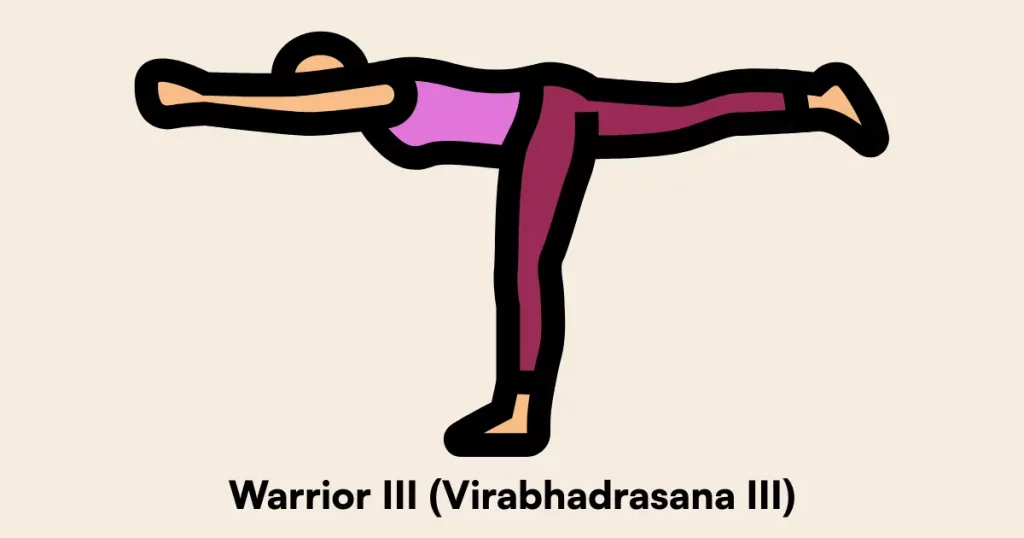
How to Do It:
- Start in a standing position (Tadasana).
- Shift your weight onto your right leg.
- Slowly hinge forward from your hips as you extend your left leg straight back.
- Stretch your arms forward in line with your torso.
- Hold for 15–30 seconds, then switch sides.
Benefits:
- Builds core strength and balance
- Strengthens legs, back, and shoulders
Precautions:
Avoid if you have low blood pressure or balance-related issues.
Setu Bandha Sarvangasana (Bridge Pose)
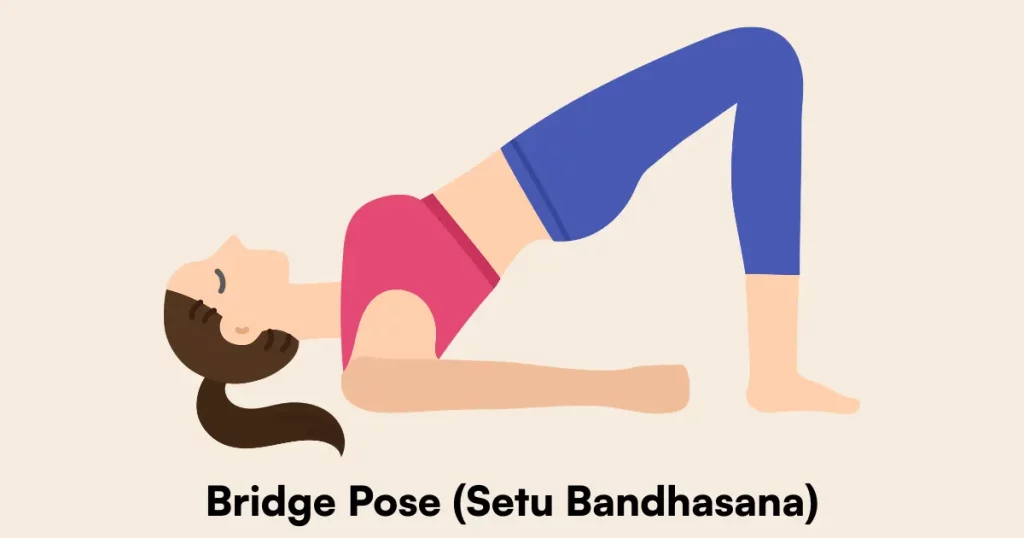
How to Do It:
- Lie on your back, knees bent, feet flat and hip-width apart.
- Press into your heels as you lift your hips upward.
- Clasp your hands underneath your back and roll your shoulders in.
Benefits:
- Strengthens glutes, hamstrings, and lower back
- Improves spinal flexibility
Tips:
Use a yoga block under your sacrum for support if needed.
Adho Mukha Svanasana (Downward-Facing Dog)
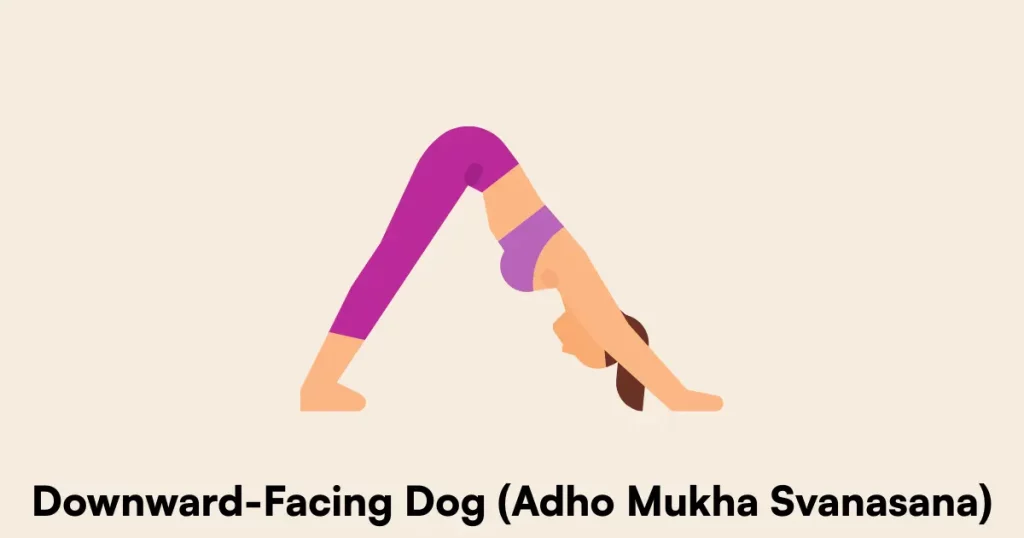
How to Do It:
- Start on hands and knees, tuck toes, and lift hips up and back.
- Straighten your legs as much as possible without locking knees.
- Press your heels toward the mat.
Benefits:
- Stretches hamstrings, calves, and spine
- Strengthens arms and shoulders
Precautions:
Avoid if you have high blood pressure or wrist pain.
Urdhva Mukha Svanasana (Upward-Facing Dog)
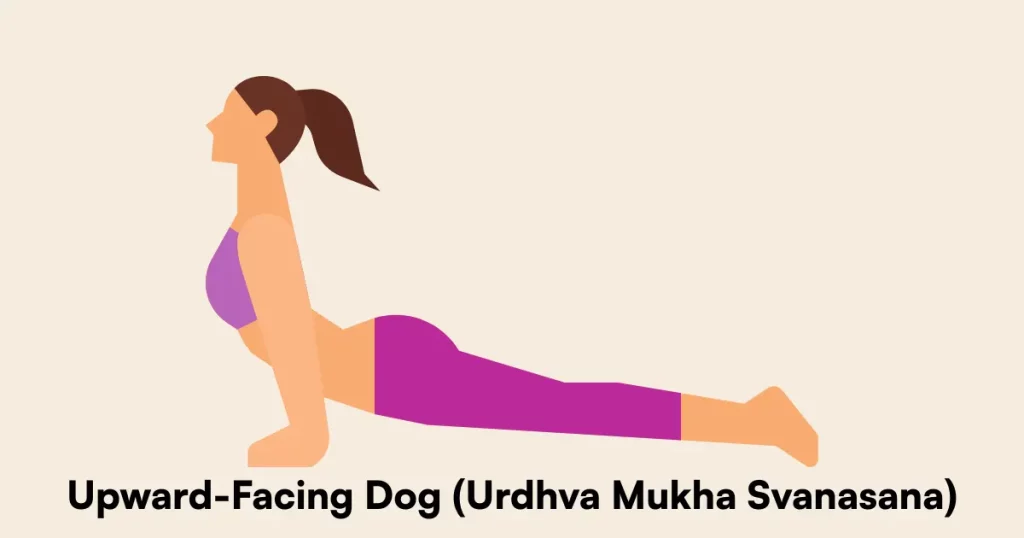
How to Do It:
- Lie on your belly and place your hands under shoulders.
- Press into hands to lift chest and thighs off the ground.
- Open the chest and gaze slightly upward.
Benefits:
- Opens chest and shoulders
- Strengthens arms, wrists, and spine
Tips:
Don’t lock elbows; keep arms slightly bent if needed.
Supta Virasana (Reclining Hero Pose)
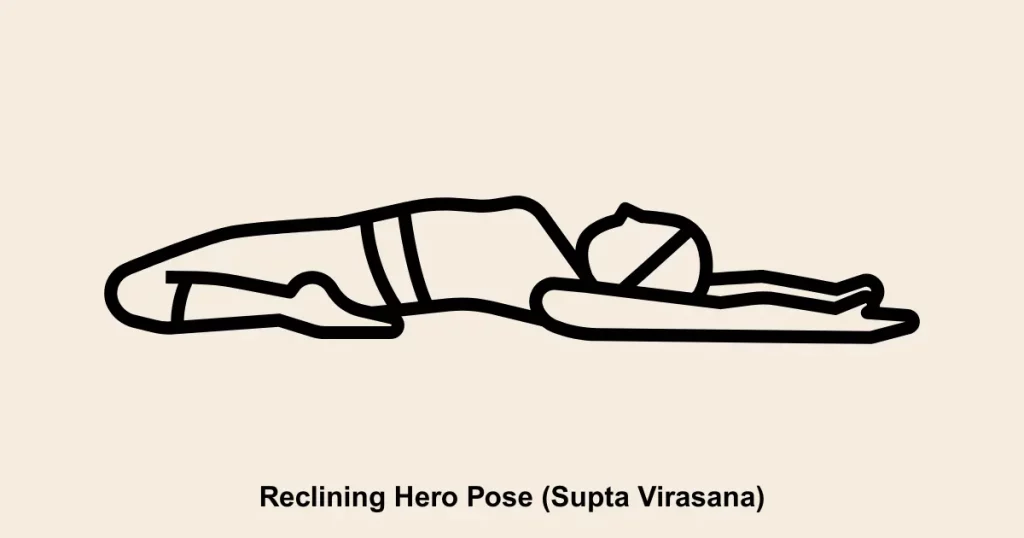
How to Do It:
- Sit between your heels with knees bent.
- Slowly lean back using your hands, then elbows, eventually lying flat.
- Use a bolster or cushion if needed.
Benefits:
- Deeply stretches thighs, knees, and abdomen
- Relieves tired legs
Precautions:
Avoid if you have knee or back problems.
Balasana (Child’s Pose)

How to Do It:
- Kneel on the mat, touch big toes together, and sit on your heels.
- Lower your torso forward, resting forehead on the mat.
- Extend arms in front or place them by your sides.
Benefits:
- Calms the mind and relieves stress
- Gently stretches lower back and hips
Tips:
Use a pillow under your chest for added comfort.
Garudasana (Eagle Pose)

How to Do It:
- Stand tall, bend knees slightly.
- Wrap your right thigh over your left and hook the foot behind if possible.
- Cross your right arm under your left and bring palms together.
- Hold and switch sides.
Benefits:
- Enhances balance and coordination
- Strengthens thighs, ankles, and core
Precautions:
Avoid if you have recent ankle or knee injuries.
Sarvangasana (Shoulder Stand)

How to Do It:
- Lie on your back and lift legs up to 90 degrees.
- Press hands into your lower back and lift hips and legs vertically.
- Keep neck relaxed and gaze straight up.
Benefits:
- Improves circulation
- Strengthens shoulders and core
Precautions:
Avoid during menstruation, neck issues, or high blood pressure.
Ustrasana (Camel Pose)
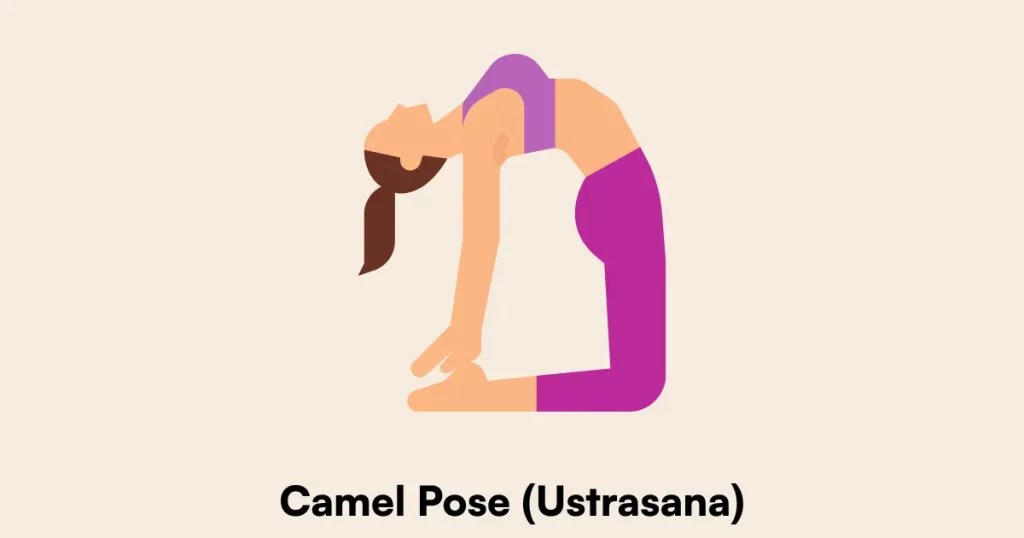
How to Do It:
- Kneel with knees hip-width apart.
- Place hands on the back of the hips and lean back.
- Reach hands for heels, pressing hips forward.
Benefits:
- Opens the chest and improves posture
- Strengthens back and core muscles
Tips:
Keep neck neutral to avoid strain.
Trikonasana (Triangle Pose)
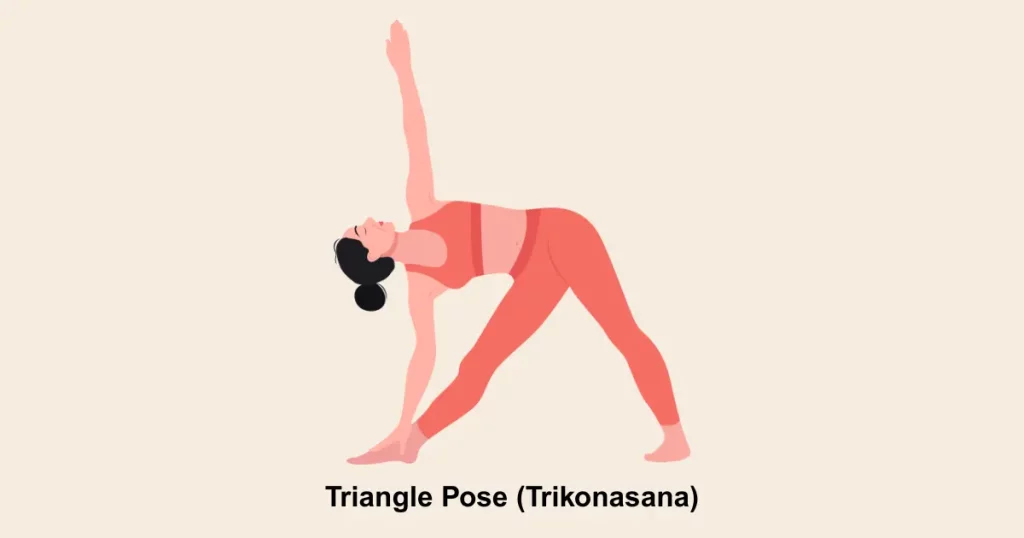
How to Do It:
- Stand with legs wide apart.
- Turn right foot out and stretch arms sideways.
- Reach right hand toward shin or floor; left arm extends up.
Benefits:
- Stretches spine, hips, and legs
- Enhances stamina and balance
Precautions:
Avoid overextending knees or locking joints.
Final Thoughts
Yoga is more than just movement it’s a practice of self-care, strength, and stillness. By incorporating these 10 poses into your daily routine, you can gradually improve your flexibility, build strength, and boost your endurance all from the comfort of your home. Start small, listen to your body, and enjoy the transformation.
Frequently Asked Questions (FAQs)
Q1: How often should I practice these poses for results?
A: Aim for at least 4–5 times a week for 20–30 minutes to start noticing improvements in flexibility and strength.
Q2: Do I need any equipment?
A: A yoga mat is enough. Blocks or straps are optional for added support.
Q3: Can beginners do all these poses safely?
A: Yes! These poses are beginner-friendly. Just follow instructions mindfully and skip any pose that feels uncomfortable.
Q4: Is it okay to feel sore after yoga?
A: Mild soreness is normal as your body adapts. Rest and hydrate well.
